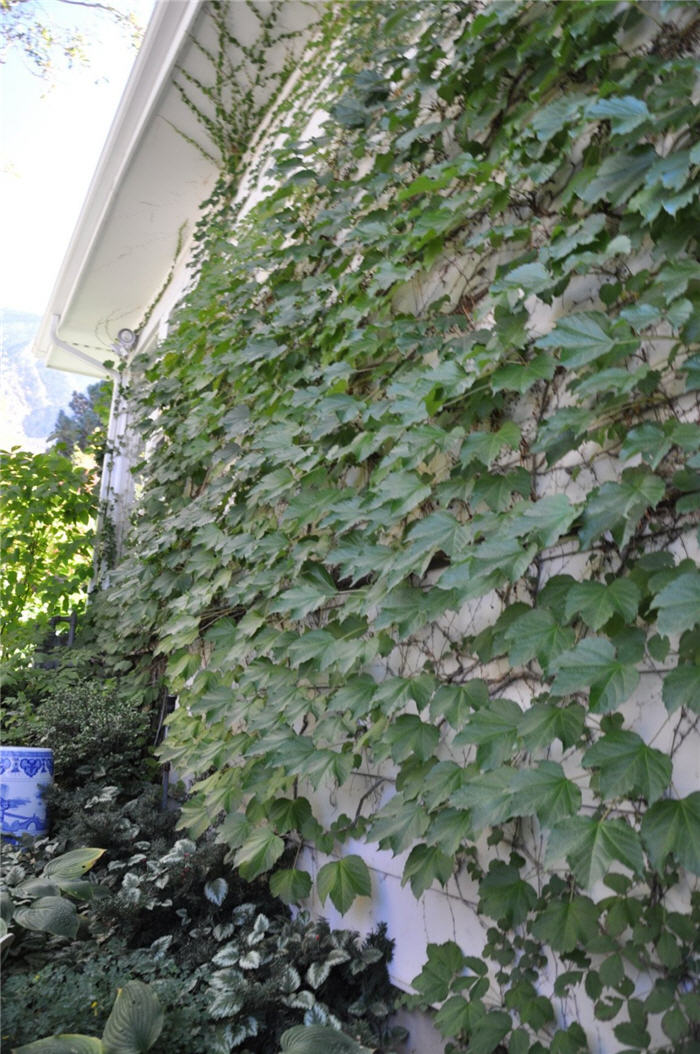| Botanical Name: Parthenocissus tricuspidata | |
| Common Name: Boston Ivy |

-
Anatomy
-
Culture
-
Design
Plant Type
Vine
Height Range
40-60'
Flower Color
n/a
Flower Season
n/a
Leaf Color
Bronze, Dark Green
Bark Color
Grey
Fruit Color
Black, Blue
Fruit Season
Fall
Sun
Full, Half, Shade
Water
Medium
Growth Rate
Fast
Soil Type
Loam
Soil Condition
Average, Well-drained
Soil pH
Neutral
Adverse Factors
Invasive
Design Styles
English Cottage, Mediterranean, Native Garden, Woodland
Accenting Features
Fall Color
Seasonal Interest
Fall
Location Uses
Walls / Fences
Special Uses
Cascade
Attracts Wildlife
n/a
Information by: Stephanie Duer
Photographer: Ferrante/Connon
Photographer: Ferrante/Connon
-
Description
-
Notes
This semi-evergreen vine has dark green leaves that are usually lobed and divided into 3 leaflets. Clings with both tendrils and adhesive-like tips that cements itself to all manner of surfaces. Leaves turn orange or red in autumn. Flowers are inconspicuous. During fall, small blue black berries appear to the delight of birds. This vine can grow 50'-60' long but it really depends on what it is growing on. This vine is aggressive.
Boston ivy is a little slow to start, but once its established, grows quickly, covering small buildings and unmoving objects in its path. Pruning hard helps control size, but eventually it will send out new sprouts. Not a vine for a small space.